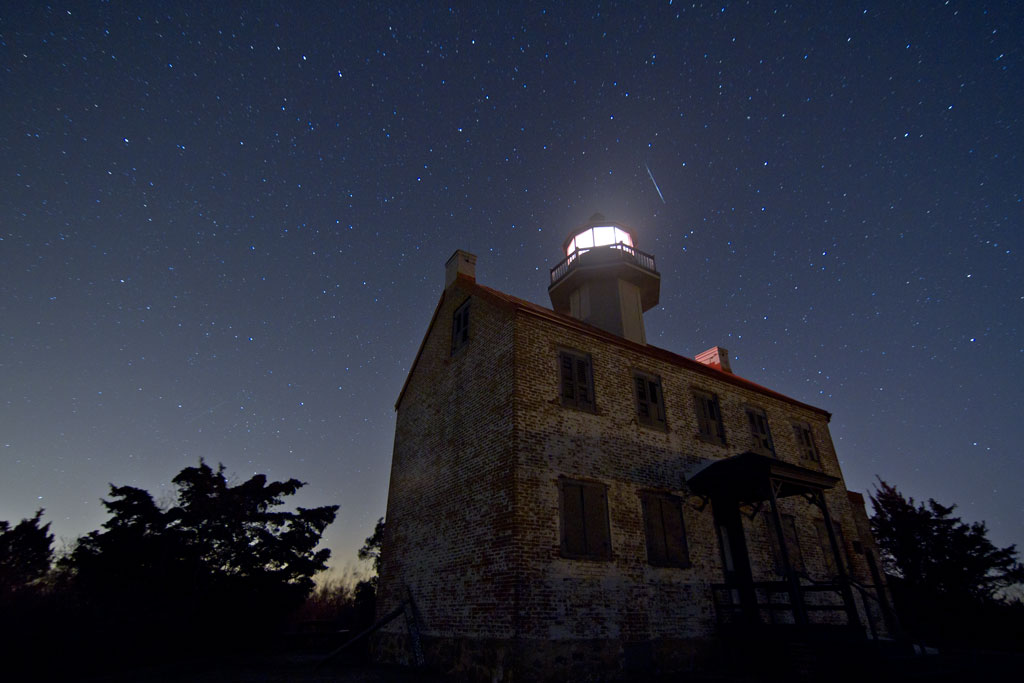
Skywatchers can catch three dramatic celestial events this weekend without even having to venture out into the frosty night air.
The online Slooh Space Camera will webcast live views of the annual Quadrantid meteor shower on Friday (Jan. 3), Earth's closest approach to the sun of the year on Saturday (Jan. 4) and Earth's passage between the sun and Jupiter on Sunday (Jan. 5).
You can watch all three of these events live here on SPACE.com, as well as directly from the Slooh website here: http://www.slooh.com.
The action kicks off at 6 p.m. EST (2300 GMT) on Friday with Slooh's coverage of the Quadrantids, one of the few annual showers capable of exhibiting more than 100 meteors per hour.
"Using high-sensitivity wide-field cameras in the Canary islands and in Arizona, Slooh will show the Quadrantid meteors accompanied by narration from Slooh astronomer Bob Berman," Slooh officials said in a statement. "The broadcast will continue throughout the night, taking advantage of both the rich nature of this annual shower and very favorable sky conditions this year, with the moon entirely absent."
The next show, which begins at 1 p.m. EST (1800 GMT) on Saturday, focuses on Earth at perihelion — the day on which the sun is closest to our planet and appears largest in our sky. This webcast will feature live images of the sun from the solar telescope at Arizona's Prescott Observatory, along with commentary from Berman and Prescott Observatory director Matt Francis.
Sunday's show will cover Jupiter at opposition, when Earth passes between the sun and the giant planet. Opposition marks Jupiter's closest approach to Earth of the year, making this a prime time to view the gas giant, Slooh officials said. The webcast begins at 5 p.m. EST (2200 GMT).
Get the Space.com Newsletter
Breaking space news, the latest updates on rocket launches, skywatching events and more!
Editor's note: If you snap an amazing photo of the Quadrantid meteor shower or any other celestial object and you'd like to share it for a possible story or image gallery, please send images, comments and any other observing details to managing editor Tariq Malik at spacephotos@space.com.
Follow Mike Wall on Twitter @michaeldwall and Google+. Follow us @Spacedotcom, Facebook or Google+. Originally published on SPACE.com.
Join our Space Forums to keep talking space on the latest missions, night sky and more! And if you have a news tip, correction or comment, let us know at: community@space.com.

Michael Wall is a Senior Space Writer with Space.com and joined the team in 2010. He primarily covers exoplanets, spaceflight and military space, but has been known to dabble in the space art beat. His book about the search for alien life, "Out There," was published on Nov. 13, 2018. Before becoming a science writer, Michael worked as a herpetologist and wildlife biologist. He has a Ph.D. in evolutionary biology from the University of Sydney, Australia, a bachelor's degree from the University of Arizona, and a graduate certificate in science writing from the University of California, Santa Cruz. To find out what his latest project is, you can follow Michael on Twitter.









